Reflections on Usman: The Life of a Martyr by P. Gangadharan.
Production of this book was supported by PK Usman Memorial Trust, Chalakkara.
Subtitled as “A biographical sketch of P K Usman who dies a martyr to Mahe’s freedom”, Usman: The Life of a Martyr, has 114 pages and is priced at 125 rupees. It has a forward written by Dr. K.K.N Kurup, former Vice Chancellor of University of Calicut and a well-respected historian of Kerala, especially of Malabar. There are eleven chapters; most of them can stand independently as small essays, second chapter being longest with 20 pages. Appendix include an extract from a letter written by PK Usman to his mentor and colleague Mangalat Raghavan (A key figure in Mahe’s independence movement, leader of Mahe Socialist Party, a well-known journalist and writer in his later part of life after Mahe’s independence.). There is a set of old photographs under “A saga remembered” as an addendum to the book.
A crisply written forward by Dr.K.K.N Kurup captures the growth of political and social awareness in Mahe by tracing formation various political organizations within Mahe in the context of nationalist movements outside French Mahe. He finds this book relevant and he says that it must be something to be written, otherwise Dr. Kurup feels, rightly so, that “future generations will think that our freedom was free gift…”
Author’s preface, in a way set the tone for the book to come. A Martyr is a mystery, author states in the preface, and “… he suffers and suffering is his destiny. He is unbeaten because he has great capacity of endurance”. It’s this almost indescribable endurance that author wants to capture from the life of his hero. Author feels that “… everything is forgotten now…” (Now means today and forgotten by younger generations) and author firmly believes that “Unforgivable is will be our thanklessness…” not to remember and understand the lives like PK Usman in the fast changing snacking world of today. The book is a way for author to say “thank you”, not only to PK Usman, but to all those brave soldiers of freedom, who tirelessly worked to bring in a new dawn for their society, sometimes paying the ultimate price with their own life. This feeling of gratefulness aptly colors the rest of the text of the book throughout.
The main text of the book starts at evening of 3rd Nov 1948, almost in the middle of PK Usman’s political life, just after the first success of Mahe’s freedom was thwarted. After a brief, mostly ceremonial trial at the Administrative office, Usman Master is being taken to jail just a short walk away from the Office. Fictionalized with imagination taking its own pace, author provides first glimpse of his subject in this chapter named “A Martyr in the Making”.
Chapter 2, “The socio-political situation that creates a nationalist” is the longest chapter in the book. This chapter succinctly traces French rule in Mahe and Mahe’s freedom movement and provides national and social forces that will determine the way Usman’s personality will be molded. This chapter details the various political parties and movements that were active in Mahe, the intriguing formation and dissolution of the short lived first Administrative Council formed by the people of Mahe, and the mass exodus of people that followed.
Chapter 3 “Usman – birth and early life”, explains how Usman’s world view was formed at an early stage. His love of books, Gandhiji’s influence on his life, becoming an activist in Socialist Student Union at a tender age, deep connection with IK Kumaran Master and above all his love for Hindi is painted briefly in this chapter. The episodes relating Usman Master’s relationship with N N Kurupu and Pappu Master is very heart-warming.
The main focus of the chapter 4, “Engagements in social activities” is Usman’s social activities and leadership, especially its crowning achievement in the form of Mohammad Abdu Rahiman Smaraka Mandiram (MASM), for a long time Chalakkara’s center of social enlightenment. (This writer has many nostalgic memories about the Reading Place, especially about the “strip of rocks under a cluster of banyan tree”. And this is also place where this writer read a newspaper first time)
The fifth chapter, “First arrest and imprisonment”, takes us back to the events just before the scene described in first chapter. Usman master was arrested in school where he was teaching and taken to Administrative office for the trial. Written in “eye witness” point of view, here we see Usman being arrested amidst his students at Palloor and being walked to Mahe, passing villages on the way including MASM library at Chalakkara. At the end of the trial, he was sentenced to jail for five years and spend those 5 years in Mahe Jail. After a long 5 years, almost 29 now, Usman came out of jail and walked right into the thick of gathering storm of Mahe independence movement and put himself forward to carry on Individual Sathyagraha that was planned as final push for independence.
Chapter 6: “Individual Sathyagraha”, mainly describes that fateful set of events occurred in the month of April of 1954:- the individual Sathyagraha in Mahe and Palloor, Operation Cherukkalai where two nationalists were killed, and eventual liberation of almost all pockets of Mahe, except the Mahe town. Usman and Kannan were beaten by thugs on Mahe road and later at Mahe Police station and were put into jail for almost a month. The effect of brutal beating that he suffered during this time later will become so serious and eventually will lead him to his untimely death at the age of 34.
The Chapter 7 (“Final March for liberation”) describes the final march of freedom by Mahajanasabha to capture the Mahe town and its eventual success and formation of a care taker government. Usman was one of the council members and though physically devastated, participated in the care taker government and its deliberations.
Next four small chapters describes the post independent life of PK Usman, his deteriorating health, harrowing battle to save his life, his continued activities in social life of Chalakkara and his eventual death at Vellur hospital. There is a digression of sorts about the cultural and literature activities at MASM where he was involved which will become a hallmark of Challakara for a long time to come.
Structural incompleteness of the book is not such an impediment to proper reading, but is worth mentioning here briefly. Author seems to be deriving his material from very many oral histories available to him, especially to reconstruct the personal history of Usman Master. But if they are properly documented, compared and cross checked is not evident from the text, as a good historical analysis is supposed to do. Digitizing those oral histories and creating an online repository of all primary sources would have been a good companion site to this book. A well edited index would have been useful as wells as a list of detailed references sources that author used for the curious students to go further than the text. Given that almost non-liner narration technique is used in the book, a well created timeline that linearly show Mahe’s main events super imposed with Usman master’s personal history time line that is added either to the beginning or at the end of the text would have made reading this book far more easier. There are good photographs; I think rare ones, at the end of the book. Publishing team could have taken care to add proper captions to these photos. For individual photos captioned with name and birth year and if not alive, year of death would have anchored the actors in the book properly into reader’s mind. It would have been nice if all the individuals in the group photos are identified in caption, placing the main character visually in context of local and national political landscape of the time. Cover photo is very attractive and memory inspiring, but I was wondering if an icon of colonial rule (Administrative building of French Mahe) was an appropriate cover for life history of Usman master, especially when author focus on the sacrifice Usman Master made instead of work of Usman master as a member of ad-hoc government formed after the independence.
Nevertheless, the book indeed tells an unlikely story of an ordinary person confronted with extraordinary circumstances of history of his place and time. And that story of PK Usman is told with uncommon empathy and fluency by author is laudable. Focusing intensely on a short period of history of Mahe, instead laboring on details of large span of time of its history, narrative gifts of the author ( and his love and respect to his subject) as he unreels the awe-inspiring story of PK Usman is evident in almost every page of this book. You should read this book.
Usman: The Life Of A Martyr : By P. Gangadharan: With Photos. 114 pp. Olive Publications (Pvt.) Ltd. 120 India Rupees. Production of this book was supported by PK Usman Memorial Trust, Chalakkara.
Production of this book was supported by PK Usman Memorial Trust, Chalakkara.
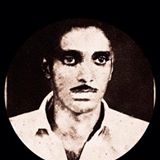
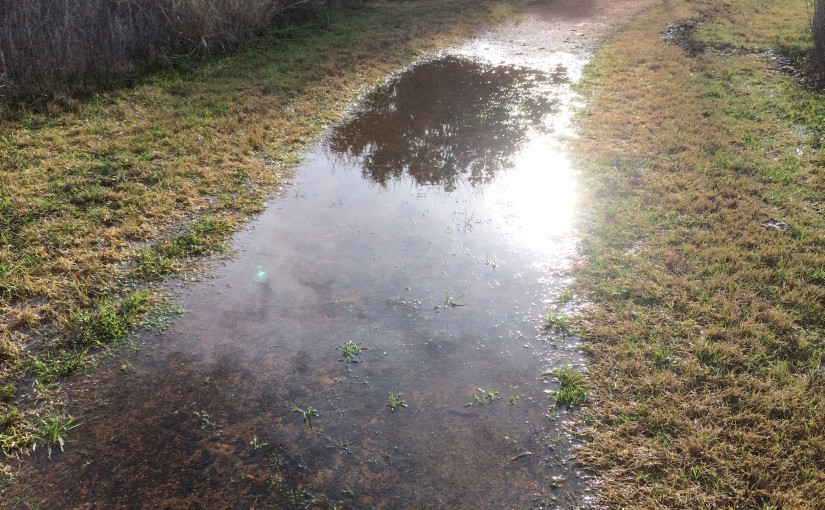
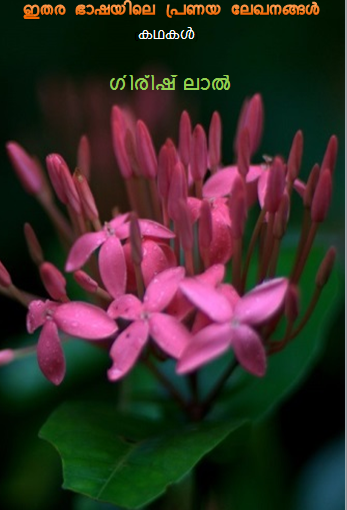

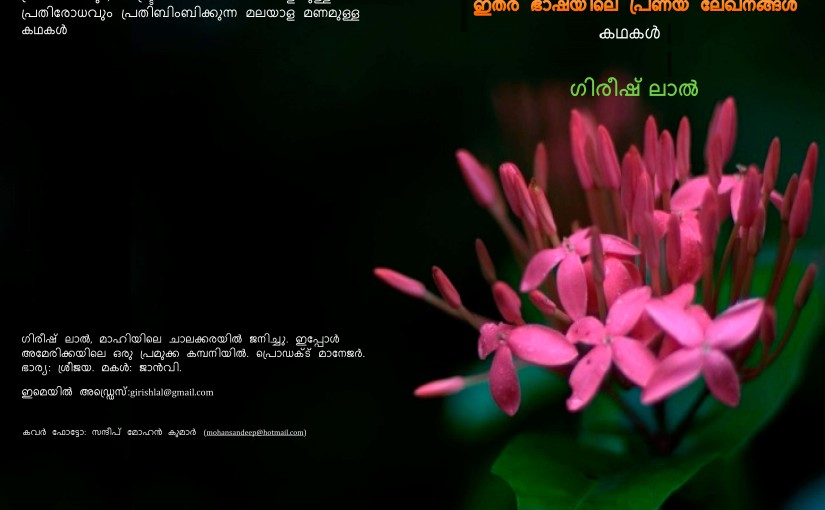
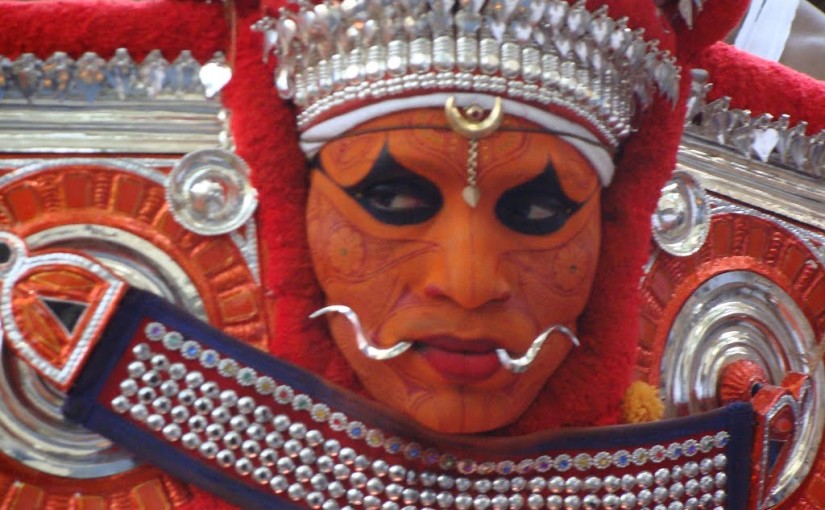
 Making Your Case: The Art of Persuading Judges, by Antonin Scalia
Making Your Case: The Art of Persuading Judges, by Antonin Scalia